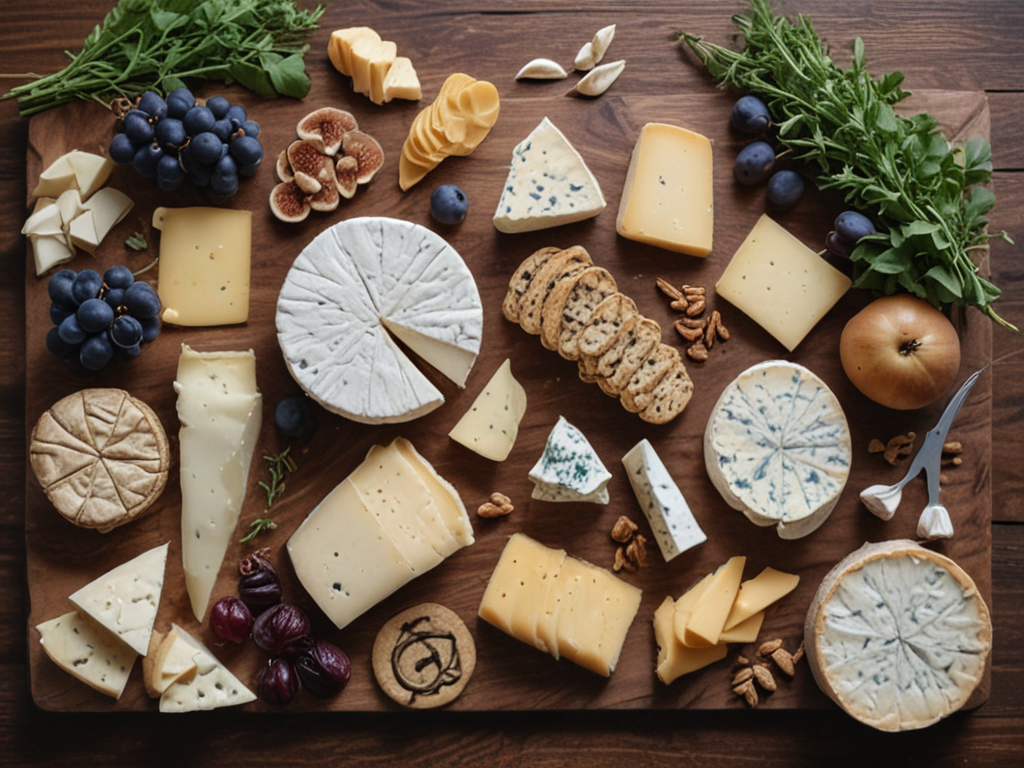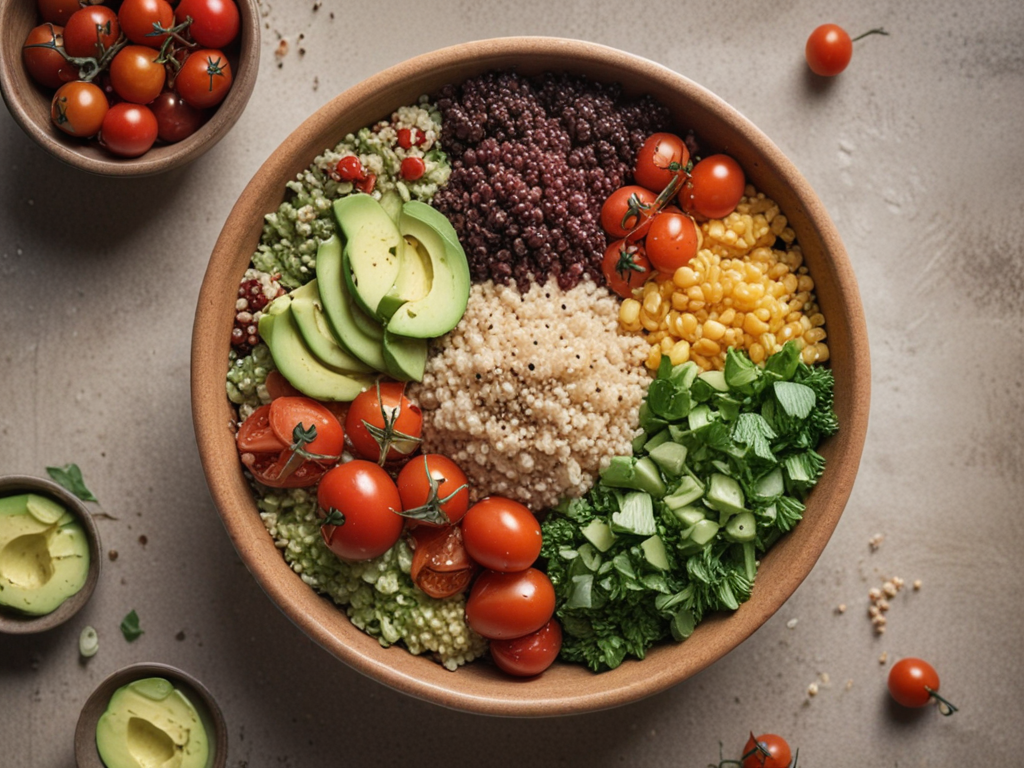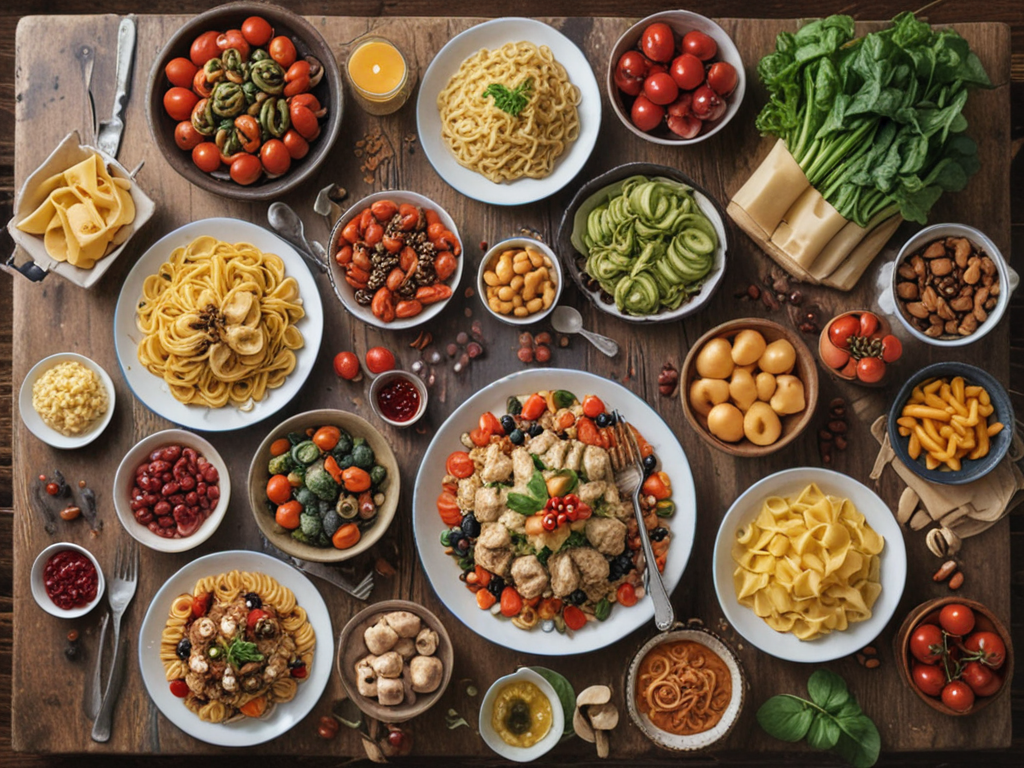
Crafting homemade cheeses is a meticulous process that involves a precise balance of temperature, acidity, and time. Did you know that different types of cheeses require specific strains of bacteria and enzymes to develop their unique flavors and textures? Understanding the intricacies of curd formation and whey drainage is essential to creating a successful batch of cheese. In the world of DIY gourmet, mastering the art of cheese-making opens up a domain of culinary possibilities that elevate dishes to a whole new level of sophistication and flavor.
Selecting the Right Milk
What type of milk is ideal for crafting homemade cheeses? When starting on the journey of cheese making, selecting the right milk is paramount. The quality of the milk directly impacts the final product, determining the taste, texture, and overall quality of the cheese. Hence, careful consideration must be given to both milk sourcing and milk quality.
Milk sourcing plays an important role in cheese making. It is recommended to use fresh, high-quality milk from a reliable source. Ideally, raw milk from grass-fed animals is preferred due to its superior flavor profile and nutrient content. However, if raw milk is not available, pasteurized milk without additives can also yield excellent results. Confirm the milk is free from any off-flavors or odors, as these can negatively affect the cheese during the fermentation process.
Essential Cheese-Making Equipment
Selecting the appropriate equipment is important for the successful crafting of homemade cheeses. To begin, a stainless steel pot that can hold at least 6-8 quarts is essential for heating milk and curds. A thermometer is vital to monitor temperatures accurately during the cheese-making process. Additionally, a curd knife helps cut curds into even pieces, aiding in whey drainage.
When it comes to equipment care and maintenance, it’s essential to clean all utensils and tools thoroughly after each use to prevent cross-contamination and guarantee the longevity of the equipment. Proper storage in a clean and dry area is also critical to maintain the integrity of the tools.
For those interested in advanced techniques and innovation, investing in a cheese press can help achieve different textures and flavors in homemade cheeses. Additionally, exploring molds and forms can lead to creative shapes and presentations of the final products. Remember, having the right equipment not only enhances the cheese-making experience but also opens up a world of possibilities for experimentation and mastery in the craft.
Mastering the Cheese-Making Process
To excel in the art of cheese-making, mastering the intricate steps and nuances of the process is paramount.
-
Advanced Techniques: Delving into advanced cheese-making techniques such as using mesophilic and thermophilic cultures, controlling rennet coagulation times, and fine-tuning curd cutting methods can elevate your cheeses to new heights. These techniques allow for the development of unique textures and flavors, setting your creations apart.
-
Unique Flavors: Experimenting with different milk types, aging processes, and additives like herbs, spices, or even truffles can result in a myriad of unique flavor profiles. Understanding how different factors influence taste will enable you to craft cheeses that tantalize the palate.
-
Artisanal Presentation: Paying attention to details such as brining times, rind development, and cheese shaping can lead to an artisanal presentation that showcases your cheese in the best possible light. Combine this with creative pairings of accompaniments like fruits, nuts, and honey to create a sensory experience that will delight cheese connoisseurs.
Flavoring and Aging Your Cheeses
In cheese-making, flavoring and aging play important roles in developing the unique characteristics of each cheese variety. Infusing flavors into cheese can be achieved by adding herbs, spices, fruits, or even alcohol during the cheese-making process. This step allows for a creative twist, enhancing the taste and aroma of the final product. However, it is vital to strike a balance to make sure the flavors complement rather than overpower the cheese.
Essential aging is another critical aspect of cheese-making that greatly impacts the final taste and texture. The aging process allows the flavors to mature and develop complexity. Different types of cheese require specific aging conditions, such as temperature and humidity levels, to achieve the desired outcome. Monitoring the aging process diligently is important to prevent spoilage and guarantee the cheese reaches its peak flavor.
Troubleshooting Common Cheese-Making Issues
Identifying and addressing common issues that may arise during the cheese-making process is important for ensuring a successful outcome. When troubleshooting cheese-making problems, two key areas to focus on are curd texture and temperature control. Here are three common issues and their solutions:
-
Curd Texture:
-
Issue: Curds are too soft and won’t set.
-
Solution: Increase the rennet or calcium chloride amount to help the curds firm up.
-
Issue: Curds are too firm and tough.
-
Solution: Stir the curds less vigorously to achieve a softer texture.
-
Temperature Control:
-
Issue: Curds aren’t forming properly.
-
Solution: Make sure the milk reaches the correct temperature before adding rennet to allow proper curd formation.
-
Issue: Curds are not separating from the whey.
-
Solution: Adjust the temperature as needed and give the curds more time to develop before cutting.





